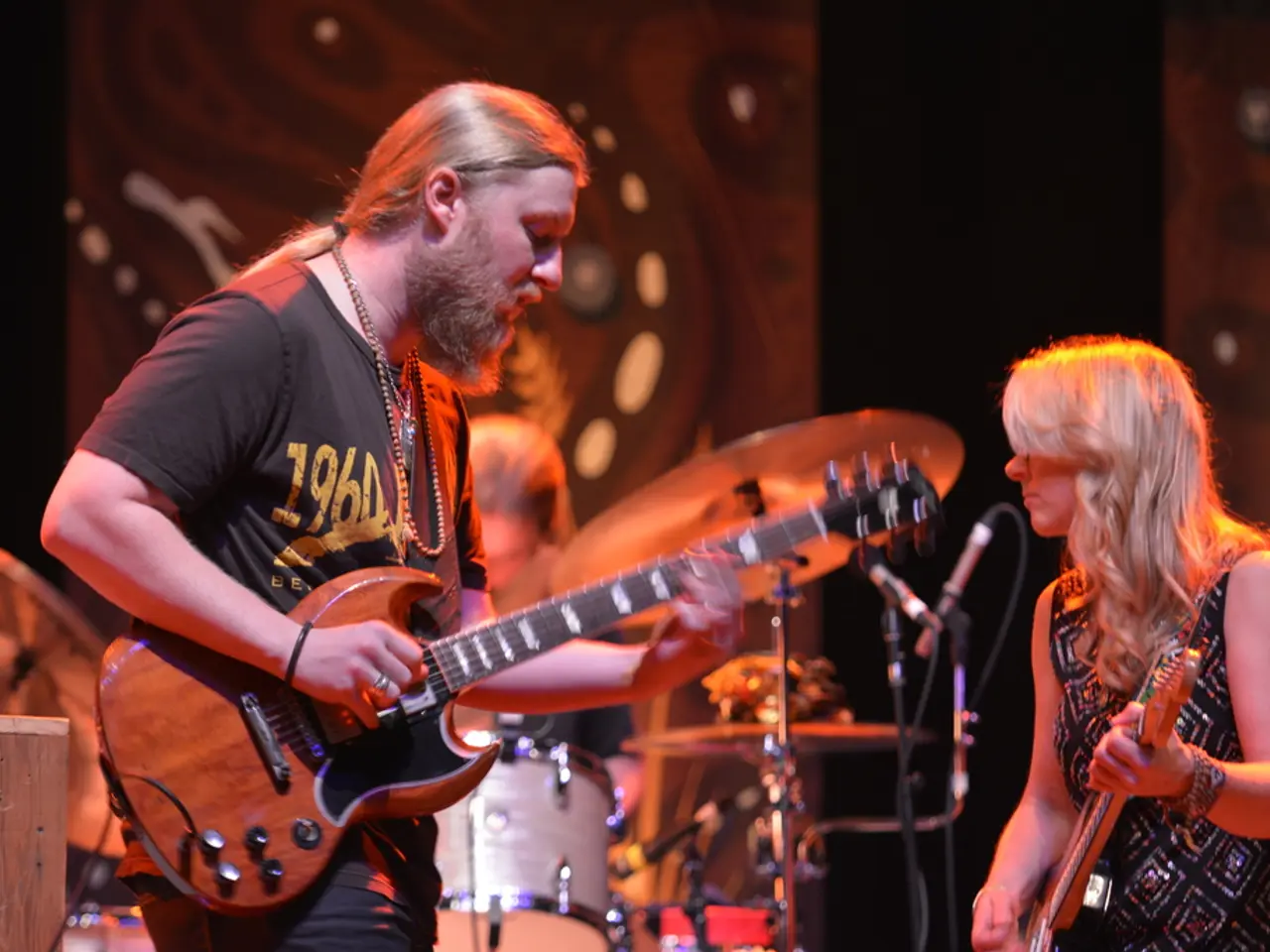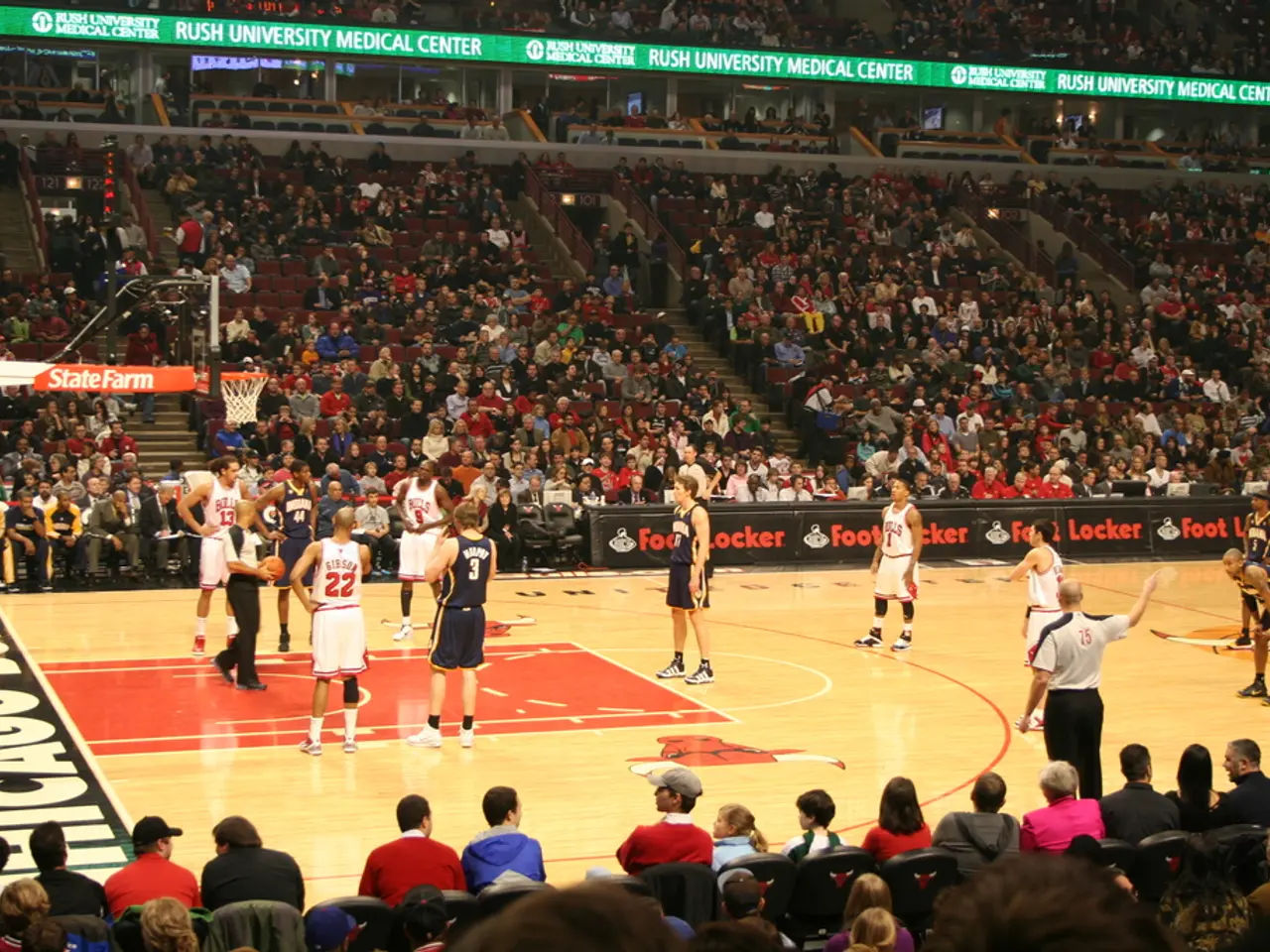"Could Nile Rodgers be given more recognition for his role in the creation of David Bowie's successful 1983 single, after the musician entered Rodgers' bedroom with a guitar and played what he believed to be a hit?"
Nile Rodgers Transforms David Bowie's "Let's Dance" into a Dance-Floor Classic
Nile Rodgers, the legendary guitarist and producer, has curated a display at the upcoming David Bowie Centre in London, highlighting his significant contribution to one of Bowie's most iconic albums — "Let's Dance."
In his 2011 autobiography, Le Freak, Rodgers recounted how Bowie pursued him, offering him the job with the words, "I want you to make hits." The recording sessions at Mountain Studios in Montreux were the first indication of what the collaboration between Rodgers and Bowie could produce.
Upon arriving at Bowie's Swiss chalet, Bowie showed Rodgers the title track that would become the lead from their future smash hit album. The demo recording of "Let's Dance" set the tone for the rest of the album. Rodgers rearranged the song, replacing the strumming and dubious tuning with "staccato stabs and strict harmonic interpretation," creating a blend that both sounded like Bowie and echoed Rodgers' style with Chic and Sister Sledge.
Rodgers' production was instrumental in making "Let's Dance" Bowie’s biggest hit and the bestselling single of his career. Notably, he brought in guitarist Stevie Ray Vaughan during the sessions, adding to the track's signature sound. A "mistake" during recording involving a "slap back" effect on the guitar contributed unintentionally to the distinctive sound of the single—a creative accident Rodgers embraced.
Rodgers wrote all the sweetening charts (horns, backing vocals, and other overdubs) for the album and even changed the keyboards on one track without telling Bowie. Despite his contributions leading to the album's success, Rodgers felt that he was not given the same props he felt he deserved.
The display at the David Bowie Centre will feature correspondence between Rodgers and Bowie, as well as a bespoke Peter Hall suit worn by Bowie during his Serious Moonlight tour. The centre is set to open on September 13, located within the East Storehouse of the V&A Museum in Queen Elizabeth Olympic Park, Stratford, London.
Rodgers has spoken about his work on the album "Let's Dance," stating it was his most rewarding production to date. Omar Hakim and Carmine Rojas were called in to replace Rodgers' famous Chic partners Bernard Edwards and Tony Thompson in the recording sessions. Bowie gave a shout-out to Rodgers at a charity function for the ARChive of Contemporary Music, acknowledging him as the one who could make him start a song with a chorus.
Despite initial doubts, Rodgers found a new freedom in working with Bowie. Having just completed an experimental new album, he was hesitant about returning to hit-making. But the collaboration with Bowie proved to be a transformative experience, merging Bowie’s artistry with Rodgers' funk and disco sensibility, resulting in a dance-floor classic.
The collaboration between Nile Rodgers and David Bowie, led by Rodgers' funk and disco sensibility, resulted in "Let's Dance" becoming a dance-floor classic. Rodgers' production, characterized by his staccato stabs and strict harmonic interpretation, transformed the song into Bowie's biggest hit and the bestselling single of his career.








